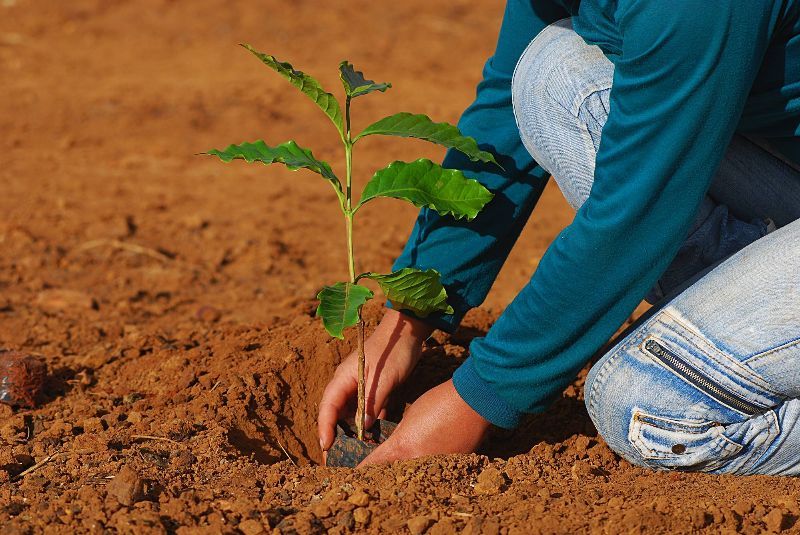
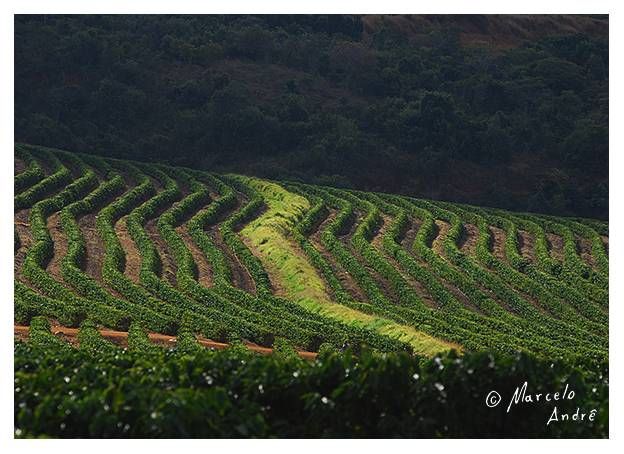
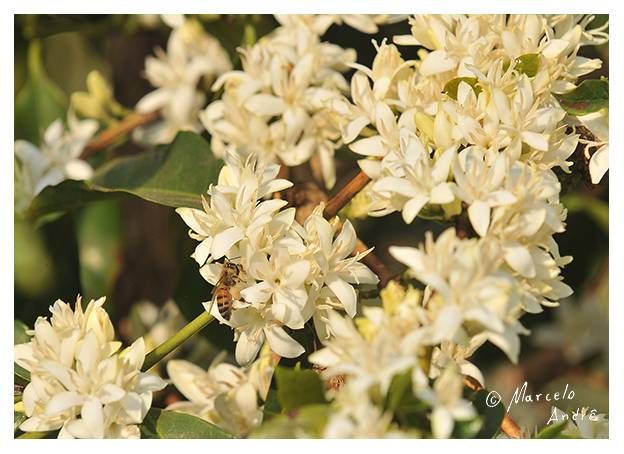
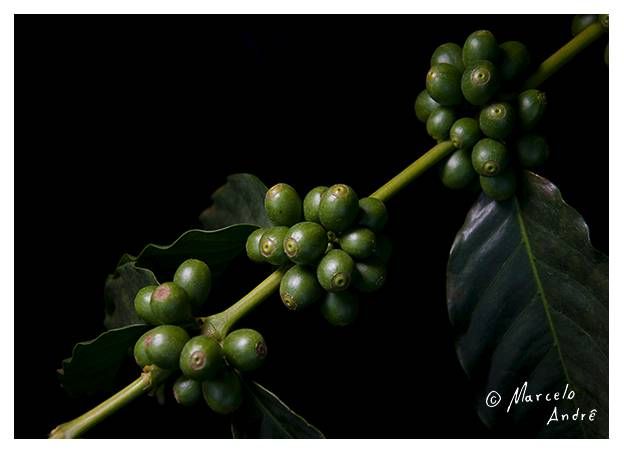
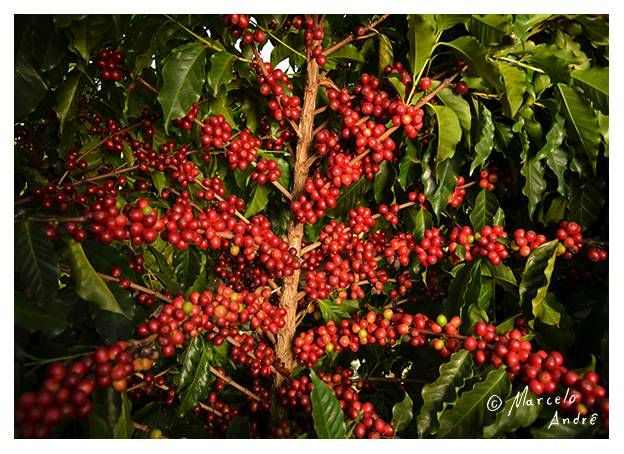
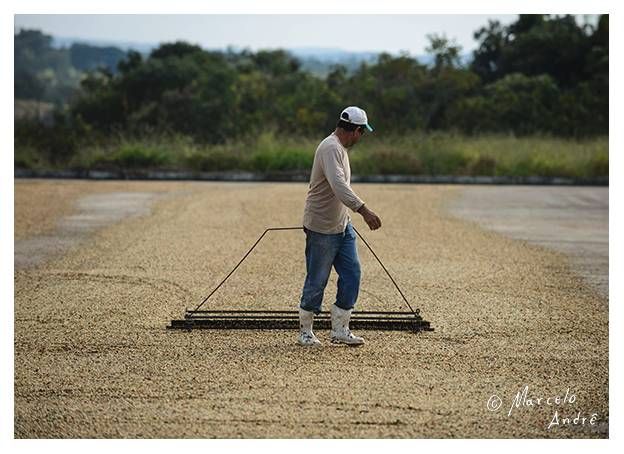
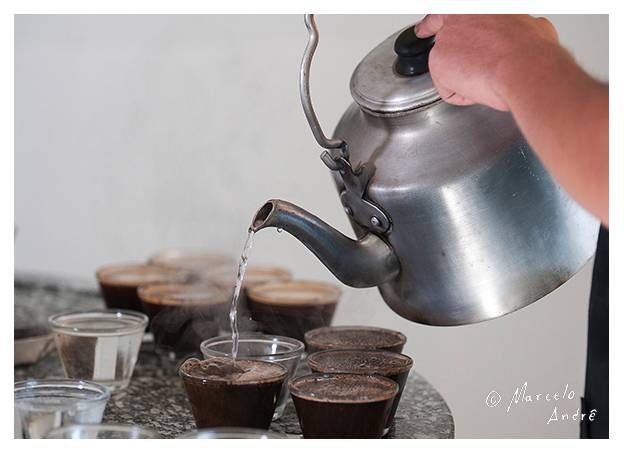
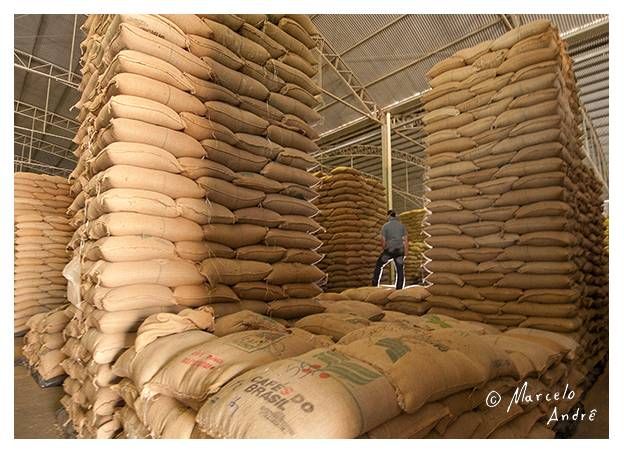
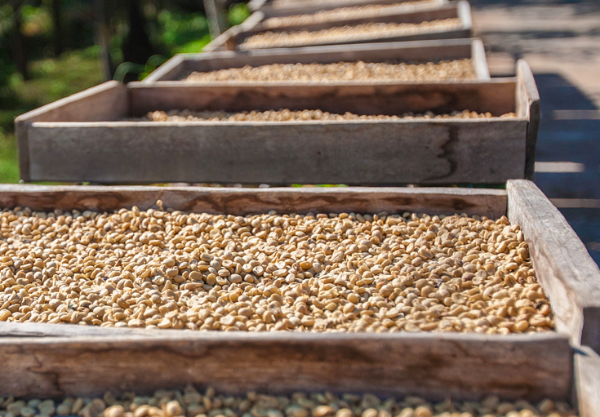
Produced at high altitudes, it presents a distinctive acidity. Fruity, floral or herbal aromas may emerge with lemon, apple or rose tea notes. Generally, it comes in small lots of a few bags. This versatile coffee can be used as a single origin or as an enriching element in fine blends.
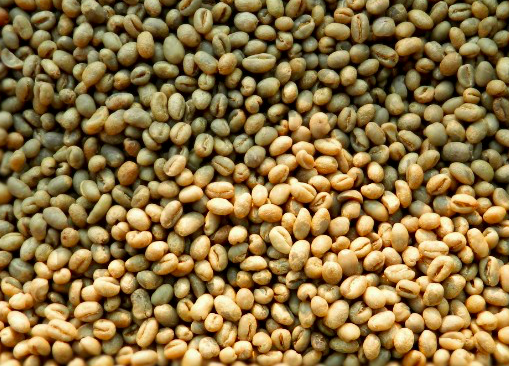
Rare bean with concentrated sweetness. Good balance of sweetness, acidity, and body with a rich combination of flavors. Can be used as a single origin, espresso and in blends. Samples available upon request.
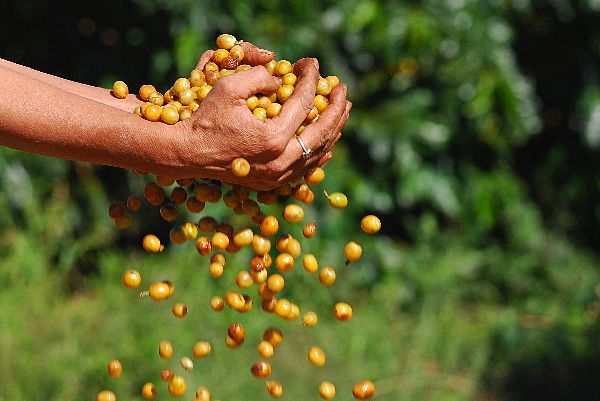
Considered one of the best variety gourmet coffee. Good body with intense aroma of sweet chocolate.
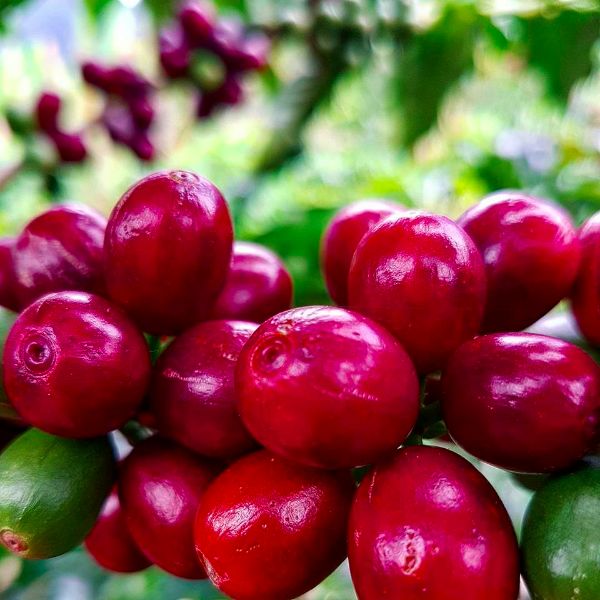
Very sweet, suave acidity, the right balance, with a variety of flavors. It gives to the drink a pleasant taste of the creamy and smooth experience.
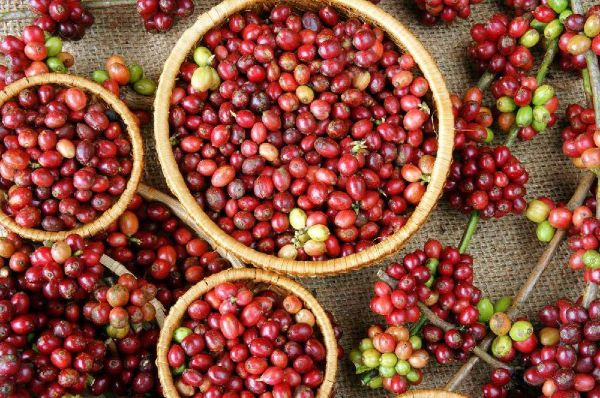
Rich body, with a sweet flavor of caramel and raisins. Good for espresso, blends and single origin.
The Cerrado Mineiro Region is an origin recognized around the world that produces high-quality coffee. It is the first Protected Geographical Indication (PGI) in Brazil, located in the Northwestern part of Minas Gerais (a Brazilian state).
A central characteristic of the region is its well-defined seasons: a hot, wet summer followed by a dry winter. The coffee plantations are cultivated in areas with altitudes ranging between 800 and 1,300 meters and are known for consistently producing high-quality coffee with a unique identity. The coffee is Origin and Quality Certified by the Cerrado Mineiro Region (PGI) Regulatory Board.
Facts:
-3500+ Producers
-Plantation area 170.000ha.
-100% Arabica
-25 bags/ha. average production
-Average temperature 23º C
-Total production 5,000,000+ bags
The Alta Mogiana region traditionally produces the best coffee in the state of São Paulo due to its high altitude, favorable climate and seasoned experience in producing specialty coffee. Strategically located in the Northeastern part of São Paulo, in the highlands that provide altitude and where the microclimate is favorable for growing coffee.
Alta Mogiana Specialty Coffee gathers a group of specialty coffee producers in 15 municipalities – Altinópolis, Batatais, Buritizal, Cajuru, Cristais Paulista, Franca, Itirapuã, Jeriquara, Nuporanga, Patrocinio Paulista, Pedregulho, Restinga, Ribeirão Corrente, Santo Antonio da Alegria e São José da Bela Vista – hand selected by their altitude and quality of coffee, to be distributed among the coffee poles of Franca, Pedregulho (one of the best municipalities in the state) and Altinópolis. Most farms in this region are small, though there are some big and extremely important estates. Facilitating the flow of production, Alta Mogiana has an excellent infrastructure with easy access to technology, qualified labor and excellent highways.
Facts:
-Plantation area 100.000ha.
-100% Arabica
-28 bags/ha. average production
-Average temperature 20º - 22 ºC
-Total production 4,600,000+ bags
North Pioneer Region is considered the gateway for the colonization of the northern part of the state of Paraná. Established in 1890, new ways of economic development and progress came to this important Brazilian agricultural region. Many cities of Paraná were born through the coffee culture such as Jacarezinho, Cornelio Procopio, Londrina and Maringa.
After the Treaty of Taubute prohibiting development of new areas for coffee production in the state of São Paulo, the Paranáense soil became coveted for the cultivation of coffee. Paraná’s soils are of volcanic origins which yield the highest natural fertility; combine the rich soil with a mild climate and evenly distributed rains throughout the year and the result is coffee cultivation heaven. Between 1950’s and 70’s the state of Paraná was able to produce approximately 22 million sacks of coffee, establishing itself as the main world producer of Rubiacea.
Nowadays, the North Pioneiro of Paraná produces 50% of the state’s coffee while maintaining its growing potential of producing specialty coffee that is both certified and sustainable.
Facts:
-7500+ Produccers
-Plantation area 81.874ha.
-100% Arabica
-28 bags/ha. average production
-Average temperature 19º to 21 ºC
-Total production 2,200,000+ bags
Coffee has been grown in Sul de Minas, in the southern part of Minas Gerais, for generations. Beautiful coffee plantations blanket the region, and visiting the area is like stepping back into coffee history. This is the most diverse and important coffee-producing region within Brazil, and washed coffees from here are known for their intricate and intense aroma, light acidity and sweet flavors.
Sul de Minas is a steep mountainous area. Rugged slopes and valleys create a breathtaking backdrop for local coffee plantations and myriad microclimates. With altitudes ranging from 750 to 1,350 meters ASL, many areas are ideal for the production of high-quality Arabicas. The rugged terrain in Sul de Minas makes it necessary to farm coffee by hand in most of the region. Though individual farms in the area are small, together they combine to cover 600,000 hectares and make this one of Brazil's most important specialty coffee regions.
Facts:
-Plantation area 600.000ha
-100% Arabica
-Variety: Mundo Novo, Catuai, Topazio
Picture: Mantiqueria Minas
FOLLOW US